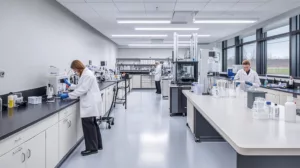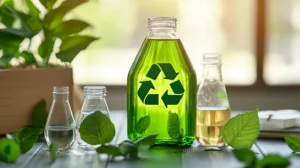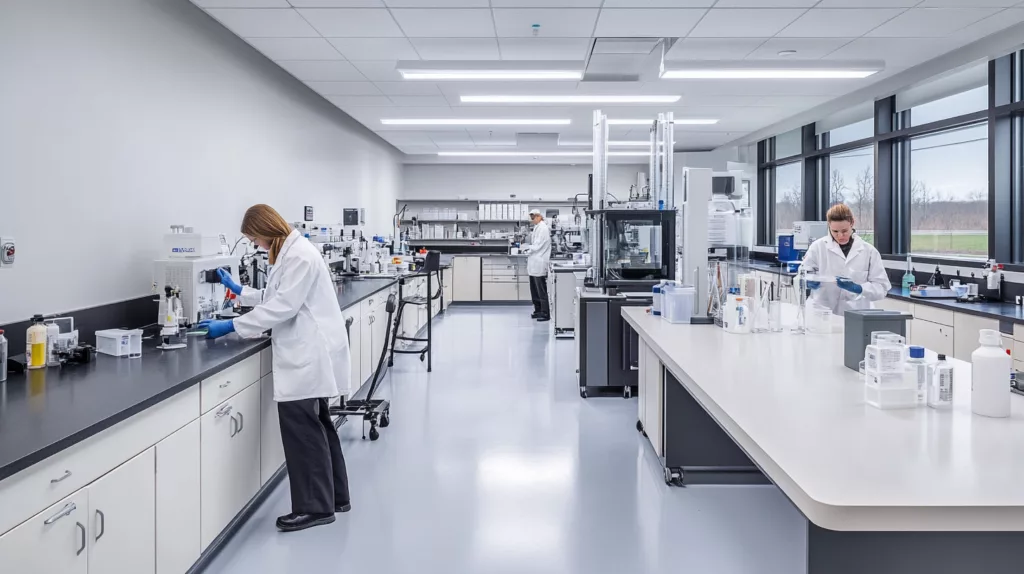UV resin has become a popular choice among crafters and artists due to its quick curing time and versatility. If you make jewelry, decorative pieces, or artwork, it’s important to know the ingredients for DIY UV resin. This guide will explain each part of resin formulation so you can make beautiful resin projects with confidence.
1. Acrylate Monomers: Building Blocks of DIY UV Resin
Acrylate monomers form the foundation of UV resin. These liquids make it fluid and become solid when UV light makes them polymerize. Different types of acrylate monomers, like urethane, epoxy, and polyester acrylates, have unique properties. You can choose a resin that suits your project needs.
2. Photoinitiators: Initiating the Curing Process
Photoinitiators play a crucial role in triggering the polymerization process of UV resin. When these additives are exposed to UV light, they absorb energy and help the acrylate monomers react. Photoinitiators like BME, BEE, and BIB are commonly used in various applications. Choosing the right photoinitiator depends on factors like how long it takes to cure and if it works well with other additives.
3. Stabilizers and Inhibitors: Ensuring Stability and Longevity
To keep DIY UV resin stable and last longer, we add stabilizers and inhibitors. Stabilizers like HALS or antioxidants shield the resin from damage due to UV rays or the environment. Inhibitors, on the other hand, prevent premature curing until the resin is exposed to UV light intentionally.
4. Pigments and Dyes: Adding Color and Visual Appeal
When it comes to DIY UV resin projects, pigments and dyes are essential for adding vibrant colors and visual appeal. These additives come in a wide range of shades and allow you to create unique designs. Pigments offer solid and opaque colors, while dyes provide translucent and transparent hues. To ensure compatibility and color stability, opt for pigments and dyes specifically formulated for UV resin.
5. Fillers and Additives: Enhancing Properties and Performance
Fillers and additives play a vital role in fine-tuning the properties of DIY UV resin. You can adjust thickness, improve pourability, and maintain shape by adding small glass balls, tiny spheres, or powdered metals. Additives like defoamers, thixotropic agents, or surface tension modifiers offer additional control over various aspects of the resin’s behavior.
You can customize your DIY UV resin by testing different fillers and additives. This helps you achieve specific project goals, such as texture or workability. You can also enhance characteristics like flame retardancy or electrical conductivity.
Knowing what you need for DIY UV resin helps you confidently start your creative project. To customize the resin for your artistic vision, you can use acrylate monomers, photoinitiators, stabilizers, pigments, fillers, and additives.
As you embrace the world of DIY UV resin, experiment with different ingredient combinations, and explore new possibilities. Whether you’re experienced or new, this guide helps you make beautiful resin projects to show your creativity.
Remember, the versatility of DIY UV resin allows you to bring your imagination to life, whether it’s crafting intricate jewelry pieces, designing unique home decor, or expressing yourself through artistic creations. So grab your materials, mix your ingredients, and let your creativity shine under the captivating glow of UV light.











